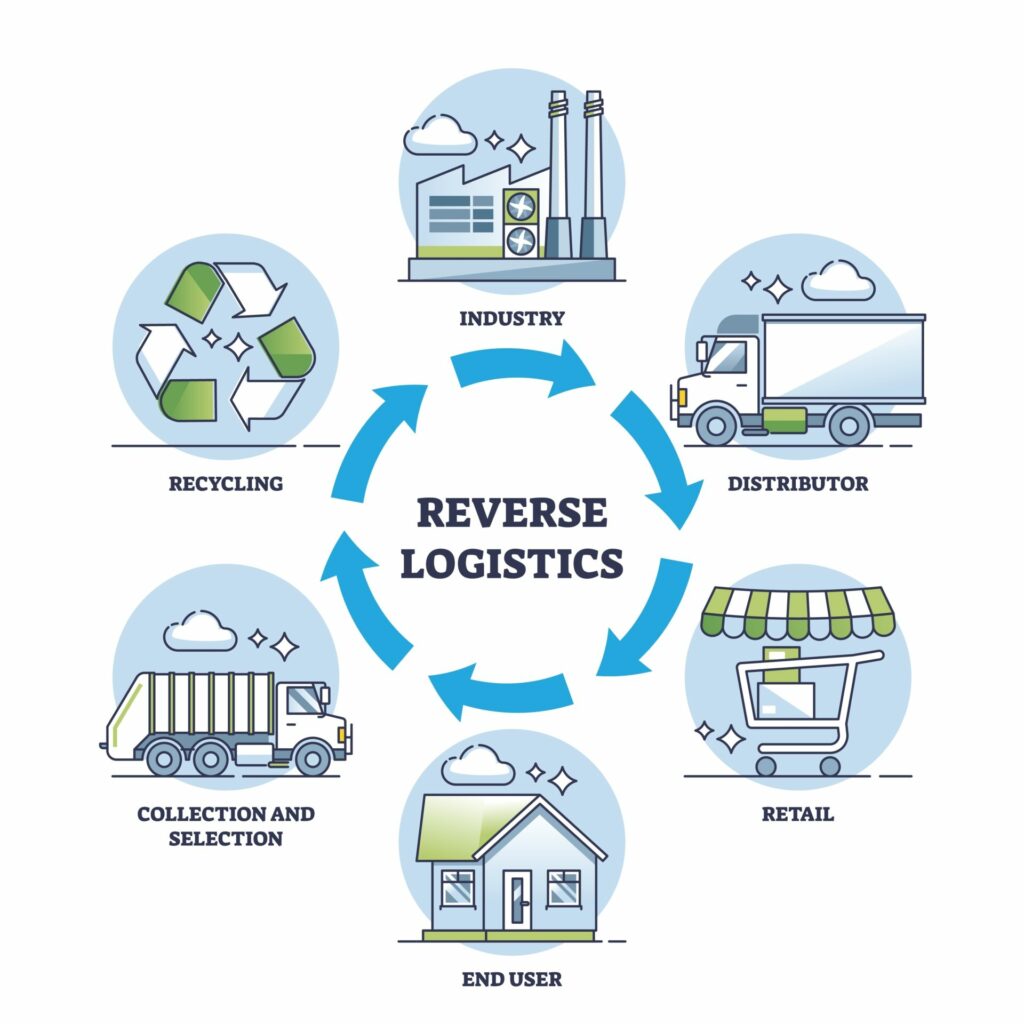When consumers think of branding, it’s likely that logos come to mind over anything else.
The iconic Apple, the Nike Swoosh, the Starbucks mermaid or the McDonald’s arches are some of the most widely known brand logos of the past century. And most people could name the color of each as well!
Even in the professional marketing world, there’s a ton of emphasis on color schemes, fonts, design styles, and more visual aspects of an ecommerce brand.
But there’s one feature of branding that often goes overlooked by consumers and marketers alike, although it’s one of the most influential pieces of the puzzle – brand voice.
From social media posts to blog content, brand voice allows an ecommerce company’s true personality to shine through to their target audiences.
With a distinct and cohesive brand voice, your marketing is immediately recognizable, more relatable, and most importantly – more authentic.
What is brand voice?
Imagine your brand was a person… who comes to mind? How would they speak? Would they have any specific mannerisms?
If your brand was having a conversation, how would they sound? Friendly and fun? Knowledgeable and guiding? Genuine? To the point?
All of the above contributes to your brand voice.
Your brand voice is your brand’s identity, and it’s one of the most important facets of an ecommerce brand.

While images, videos, and graphics are all essential assets to developing your brand and how your target audience relates to your messaging, one thing remains constant – how you speak to your audience.
In today’s digital era, your brand voice is the common denominator across all channels.
From email to social posts, your brand’s tone may change depending on the subject matter (or how many characters you have available to you) but your brand voice should always stay consistent.
Having a cohesive brand voice that supports your mission and your values will help potential customers differentiate you from a plethora of online merchants, many of whom may be selling similar products or services.
How does brand voice benefit ecommerce brands?
Defines your persona
In 2022, ecommerce is an extremely saturated space. In fact, there are over 9 million online retailers in the world. With all of these brands producing content, it can feel like there are too many online merchants trying to emerge into the digital marketplace.
This is where your brand voice comes in. As an extension of your brand, it helps shoppers notice your company and connect with you among the ecommerce crowd.
Speaks the language of your audience
are higher than ever before. When consumers are looking for a new brand to purchase from, they’re in search of something that will not only fit their needs, but also align with their own persona and values.
For example, an environmentally conscious person will lean more towards brands who have similar ideals and express them in a genuine way.
Or, a younger person might enjoy a brand who makes pop-culture references… like Starbucks comparing itself to dating apps or using terms like “huge flex”:

Did you know that 86% of consumers say that authenticity is a key factor when choosing to support brands? It’s essential to make sure your actual values align with what you’re posting online, and that you’re not overusing trendy words or memes to force connection. Remember: Consumers can spot inauthenticity a mile away.
Creates consistency across channels
Email, Facebook, Instagram, TikTok, LinkedIn, blog posts, customer service forums… the channels of communication go on and on.
With a cohesive voice, your customers won’t feel like they’re encountering a new brand every time they hear from you. Consistency strengthens loyalty and trust, while providing a smoother customer experience for consumers. When 81% of consumers needing to trust a brand before purchasing from them, a united front and clear values are more important than ever before.
3 ways to to develop your brand voice
1. Identify your target audience
Your target audience will guide your brand voice. They’re the people you want to connect with the most, so you’ll have to make sure that the way you speak resonates with them. Instead of throwing in popular phrases and hoping for the best, identifying your niche and understanding what your target audience is interested in will help define your brand persona and voice.
2. Develop your tone
Tone is everything! In fact, one might argue that the tone of your brand voice really ties everything together. How? Your brand might have the brightest colors, bubbly fonts, and nostalgia-filled pictures – but without an exciting tone to go along with it all, your consumers will be left with a disjointed experience.
3. Keep track of your choices
Unless you’re a one-person company, it’s likely that you’ll have a team of marketers (or at least a few) working on your brand’s various channels of communication. It’s important to keep track of decisions and style when it comes to brand voice, so anyone on the team can check to make sure they’re hitting all the right accents. Putting together a series of brand guidelines, including brand voice, help both new and existing marketers to maintain consistency.
Establishing your voice as an brings with it the ability to engage audiences who are interested in your products and create loyalty among your current followers… all while helping you stand out from the crowd.
By taking the time to develop your brand voice in a way that is truly unique to your company’s values, you are staying one step ahead of the game.




